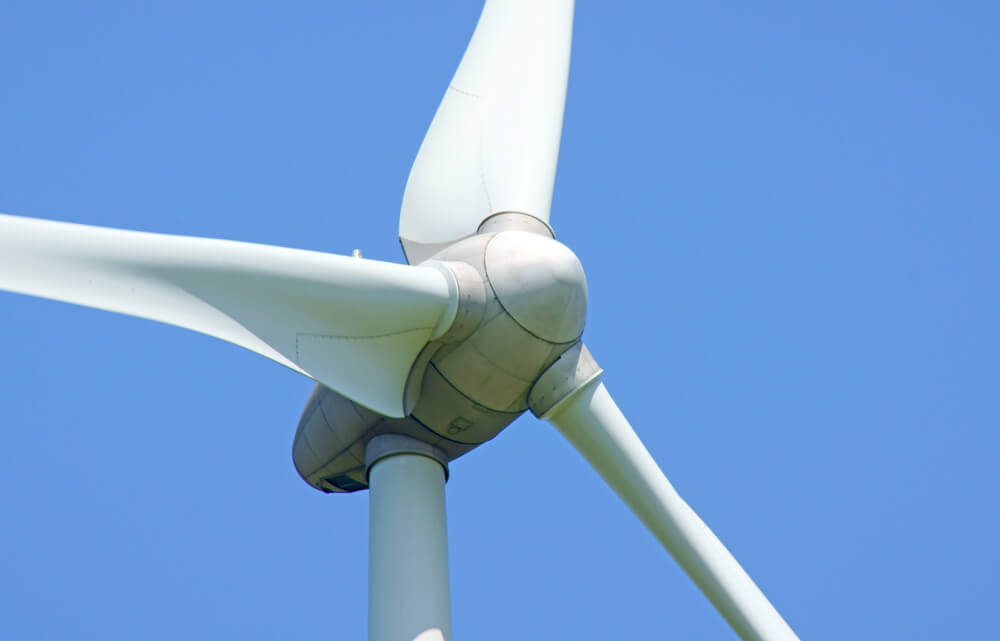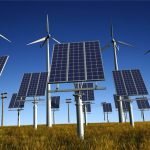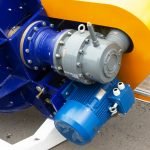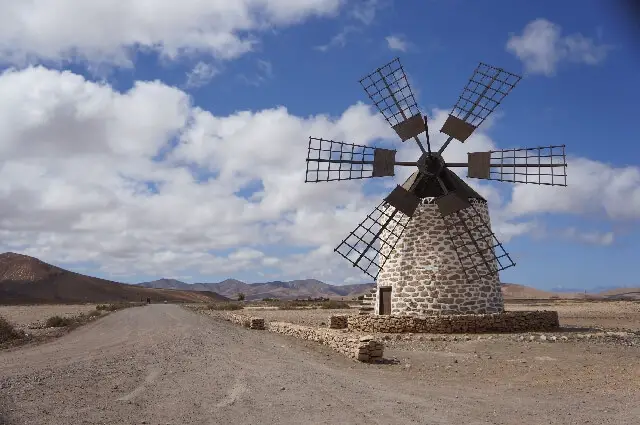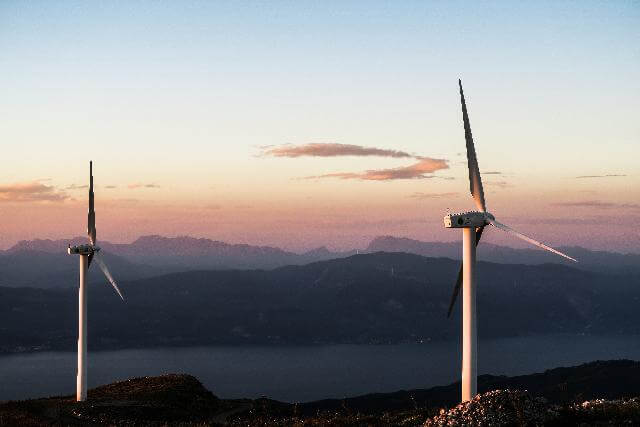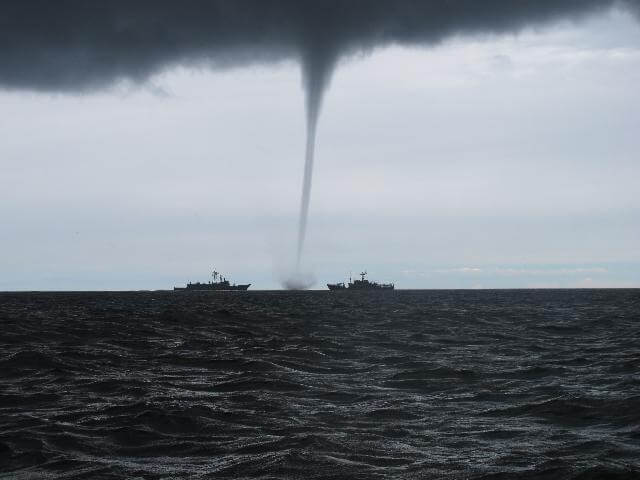Electricity is one of the most life-changing innovations. Living without it would be impossible.
We can’t cook, light our houses, warm ourselves, power mobile phones, and even our cars.
The world needs more electricity, and wind turbines are an alternative source of energy.
The use of wind turbine energy has increased since 2008. There are now 59,900 wind turbines in the U.S. alone. We expect this number to increase by 10% every year.
Today wind turbine projects account for annual investments of over $10 billion.
What are wind turbines?
A wind turbine is a versatile device that turns the kinetic energy of the wind into electricity. The turbine has a foundation, a tower, rotor, and nacelle.
Most wind turbines come with three rotor blades, but others have two. When you measure them, you will find that they are 60 meters long.
Two key things you need to know about wind turbines:
- Without a strong foundation, a turbine would fall over.
- Without a rotor, it won’t blow the wind.
The wind is a source of solar energy produced by three events:
- The sun rays,
- The rotation of the earth,
- The earth’s surface
How much electricity each turbine produces
Each turbine is different, thus it has a different capacity. We can estimate the output of a wind turbine at around 2.5–3 MW.
For instance, a normal wind turbine can produce more than 6 million kWh, which can supply 1,500 US houses.
Let’s weigh the pros and cons of using a wind turbine:
The pros of wind turbines
1. Wind power is affordable – wind turbines are cheap to install and maintain.
2. Wind turbines can create jobs – one of the advantages of using wind turbines is that they can create thousands of jobs. Wind energy has created 600 000 jobs in the United States alone.
3. Wind Turbines are the best source of energy for farms – Farmers can use wind turbines to power their farms. Also, they can use existing ranches to build them.
4. Wind turbines are a clean source of energy – Because wind turbines don’t rely on fuel energy they are a clean option.
5. Wind turbines are sustainable energy – Wind is a natural resource. So long as the earth is rotating we will have wind.
Cons of wind turbines
- Some locations are not windy – There are areas where the wind doesn’t blow throughout the year. T
- For a wind turbine to benefit households and businesses, it has to be affordable. This won’t be possible when there is less wind.
3. Most windy turbines are in remote locations. This means those turbines plants can be targets of vandalism.
4. Wind turbines may affect wildlife. Animals such as birds die after flying into spinning turbine blades. This may damage wind turbines.
5. The wind is not always blowing – So what will happen when the wind is not blowing enough? We may have to consider using generators for that period.
How do wind turbines actually work?
The good news is today in many states, we can choose where our energy comes from. What we should all strive for is to use energy that is not harmful to others. A wind turbine is a perfect option when it comes to that.
How does it work? A wind turbine transforms air into electricity by capturing kinetic power. That’s exactly what makes them safer than fossils. There are three types of wind turbine energies. We explain them below:
- Utility-scale wind power utilizes more rotors to produce energy. This makes it suitable for large corporations.
- Offshore wind power draws its source of energy from sea winds, which means it generates a tremendous amount of energy.
- Distributed wind power gets its energy from the wind. For instance, a turbine site is in a windy location. This energy is suitable for households.
Why do some wind turbines have more than two blades?
Wind turbines can have one or more blades. The number of blades a wind turbine has depends on what it does. For instance, a wind turbine for a utility company will have more blades. The same goes for a wind turbine that supplies energy for many households.
Modern commercial wind turbines come with three blades though. This helps them produce more energy. Hence, they are pricey.
So, wind turbines that have only two blades tend to be cheaper. They are also slower than machines that have more blades. Always keep this in mind when choosing a wind turbine.
How long does a wind turbine work for?
As long as there is regular maintenance, a wind turbine may last for 20-25 years. Expect them to run for 120,000 hours, this exceeds a car engine that can only run for 6000 hours.
What is an aerial view of a wind turbine?
The aerial view of a wind turbine helps us see how each wind turbine generates energy. We can also view how the power goes through the transmission to our homes.
